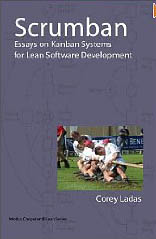Surely you are aware of this story. San Judas, Nicaragua, in a neighborhood called Managua was opened Villa Libertad. Quite a name for a school and what a school for deaf children.
This was a success story for the users and a big fail for the authors. Teachers tried to train students in lip-reading and speaking Spanish. While adults get involved in this unfruitful game, the children became to communicate with each other creating their own conventions. This way was born a new and fascinating language. Over time, this language gain in complexity and developed verb agreement and a lot of grammars.
Here we have a lot of lessons and for linguists a science fiction opportunity to explore human communication but without the fiction.
Listen to your users
Nicaraguan government and the school staff didn’t saw what was going on within the children, they didn’t hear or had attention to what those small creatures were doing. In those years, children and crazy people had no voice.
With users of computer software we have a very similar tradition, even now you can hear some technical people using the word “user” as a pejorative. It was not until the recent years that developers became aware of the importance to listen what their users have to say.
People want to communicate
You don’t need to force people to communicate, they will do it all by them selves if you just allow them to interact. Of course, if you make easy communicative interactions then surely people will communicate more.
It is an uncontroversial conclusion that “social media” systems are so successful because of the communicative opportunities they create or extend among people.
People adopt communicative conventions
The first children at Villa Libertad just used a few signs, but as soon other children adopted those signs, more and more were added and a grammatical structure were created to communicate more efficiently. All those linguistics artifacts are conventions adopted and “upgraded” by generations of children.
Not an awesome story as the one of Nicaragua children is that of Twitter, where users have created a lot of “alternative” functionality integrated later by the developers.
Of course, users have influence from previous experiences, the same as speakers of a language import words and grammars from other languages. I remember when IRC were the “social media” available at the time. Those days, people used “@” sign to “address” a person in a message. Hash “#” where channels and a lot of emoticons were used.



